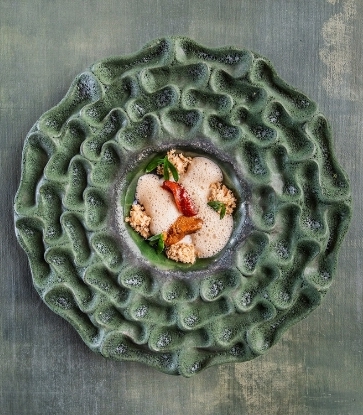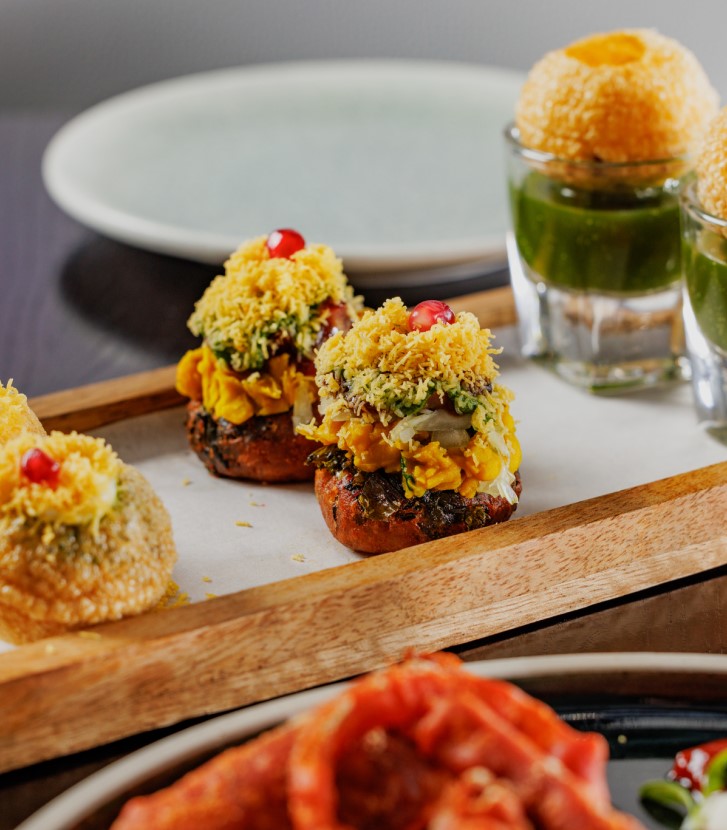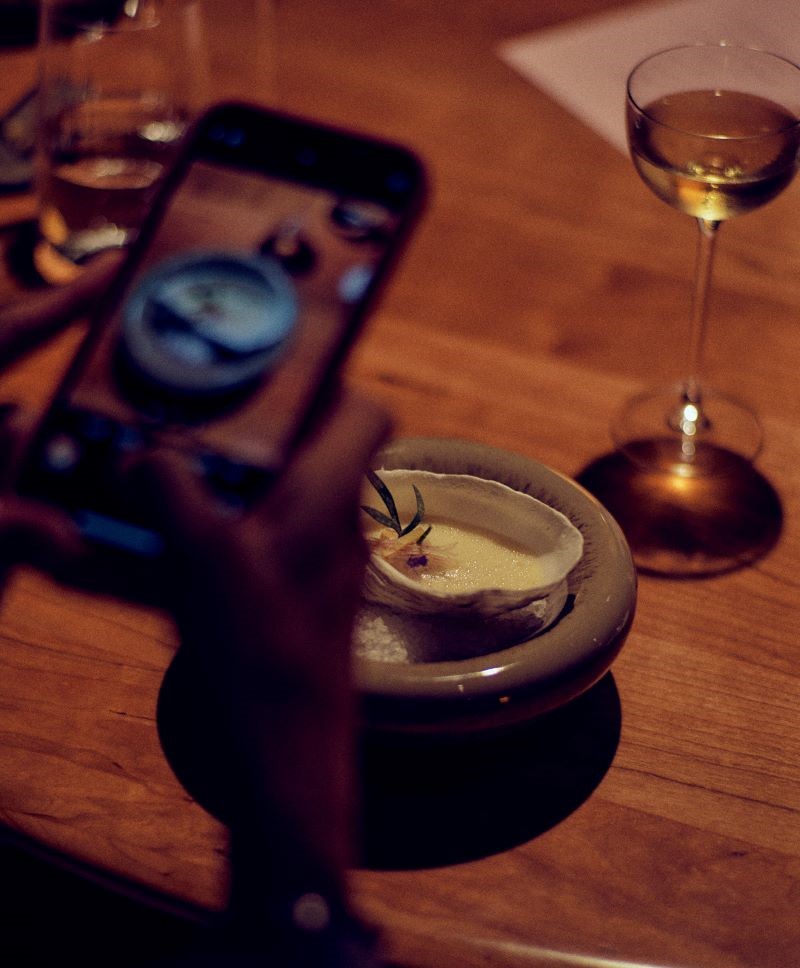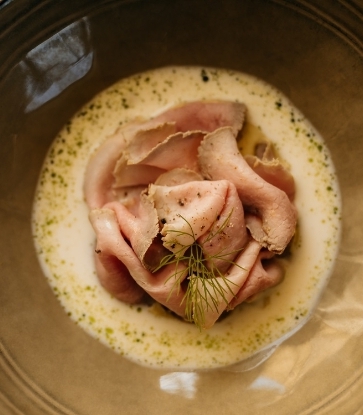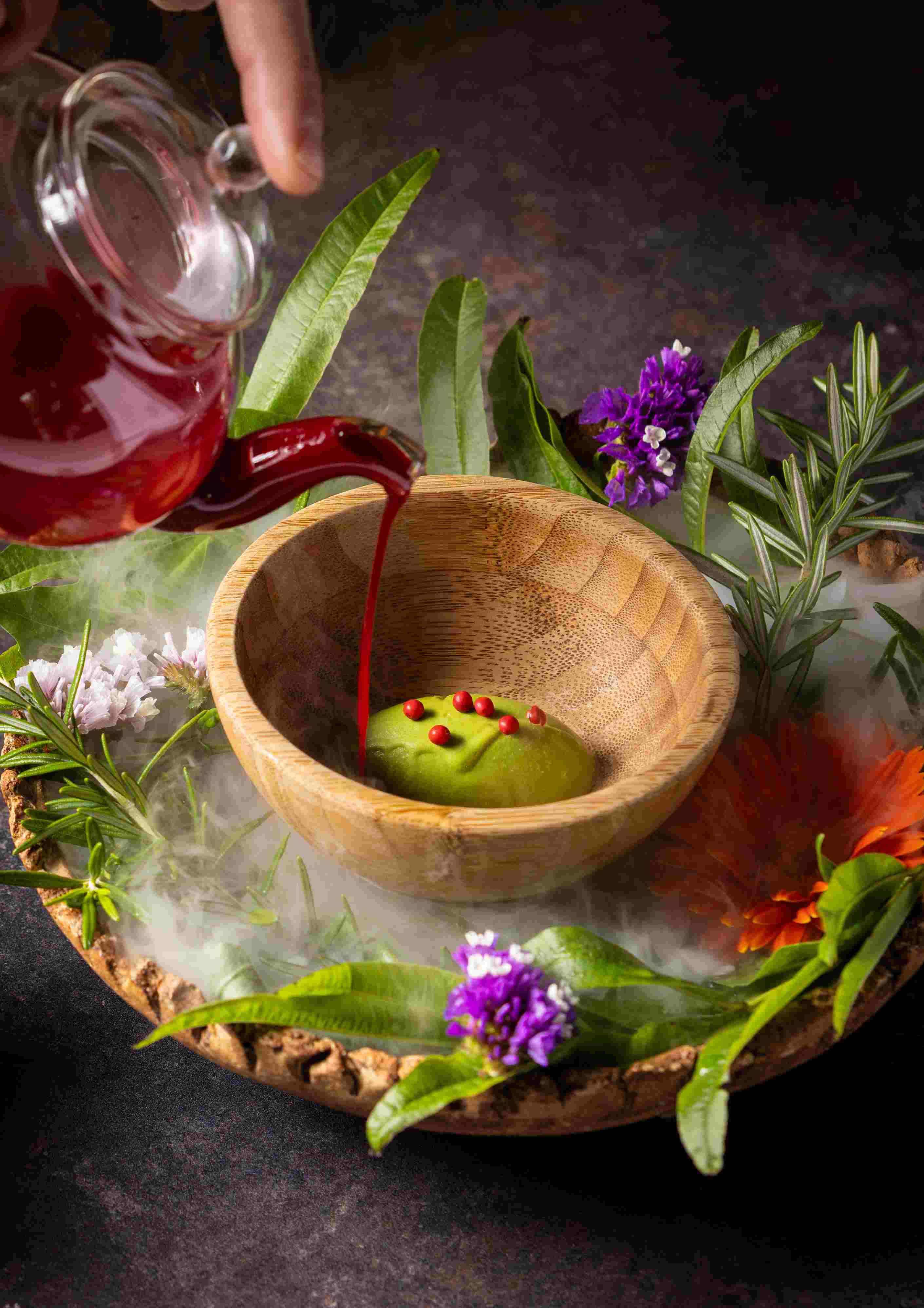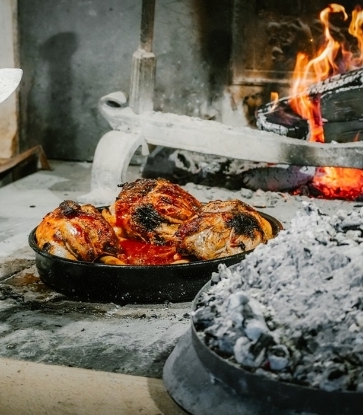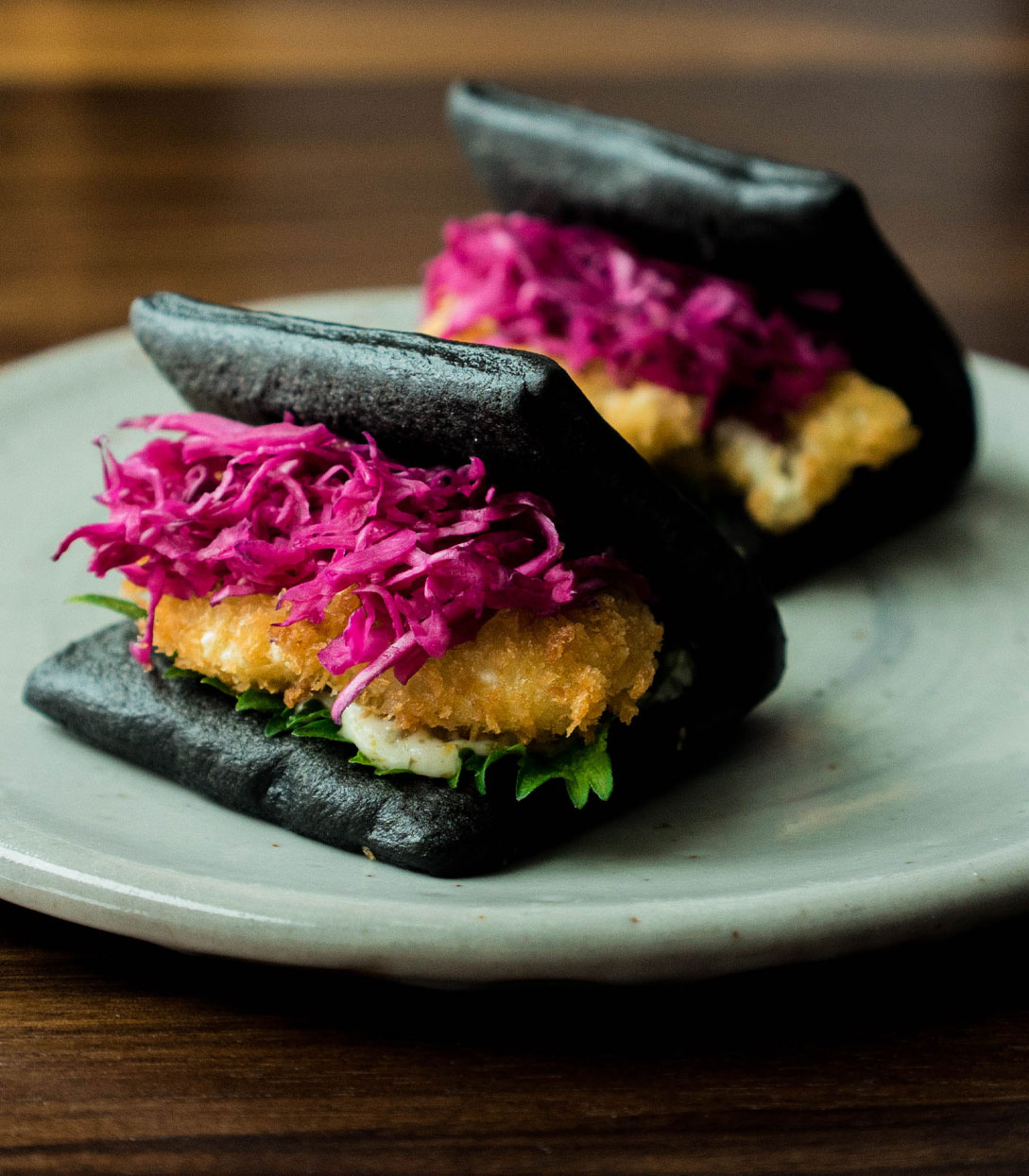It’s early morning on Maryland’s Eastern Shore. Signs of life are few: a man walks his dog, and a light warms the kitchen in a white shingled house on the sleepy main street. The day has yet to begin for most, but I’m here at the water’s edge in Cambridge waiting for one person: Chef Jeremiah Langhorne of the MICHELIN-Starred restaurant, The Dabney, in Washington, D.C.
We’ve never met and do the awkward is that you?” dance of two people who have only spoken online but Langhorne is warm, and it soon feels like we're old friends. He’s taking me on an adventure — fishing on the Choptank River to get a better understanding of his commitment to local food.
I’m a true fish out of water, having never fished before, but Chef Langhorne has assembled a crew to make me feel right at home. The captain, Zack Hoisington, knows these waters like the back of his hand. A passionate marine life advocate and educator, he’s a savant when it comes to the ways of the water. Phil Valliant, also on board, is a veritable fish whisperer. Valliant worked with Langhorne at The Dabney before leaving D.C. for Virginia’s Eastern Shore to start his own oyster farm. Now, his oysters supply some of the top restaurants on the East Coast, including Langhorne’s.
For the inexperienced, fishing could seem a bit boring. It seems like nothing more than tossing a line overboard and waiting, but I soon realize that in today’s frenetic world, it’s more therapeutic than ever. Plying the river in our boat, we wave to a few other fishermen, and I quickly discover the magic of fishing—the wonder and hope that’s tied to every line not knowing what, and often if, you’ll reel in.
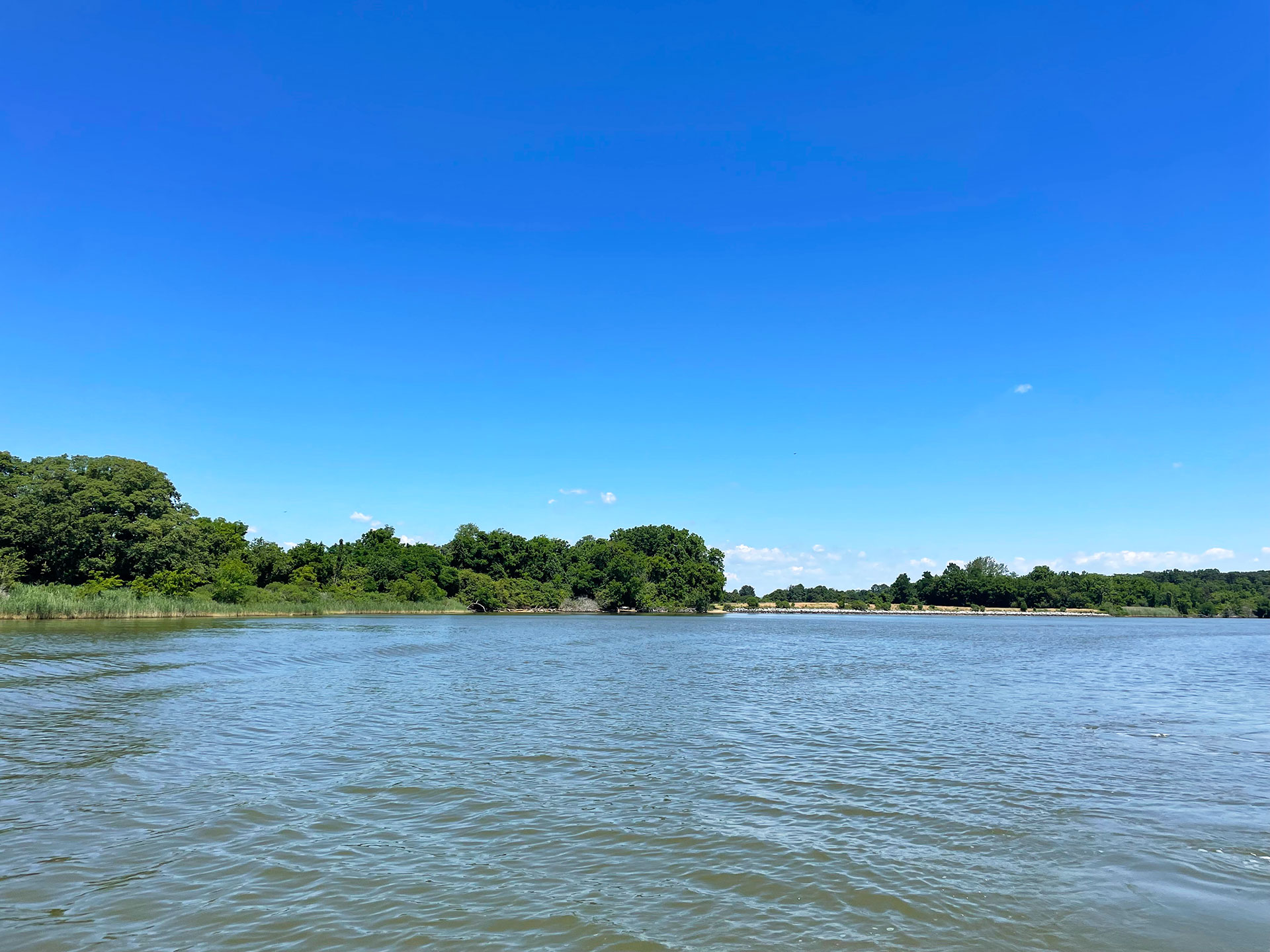
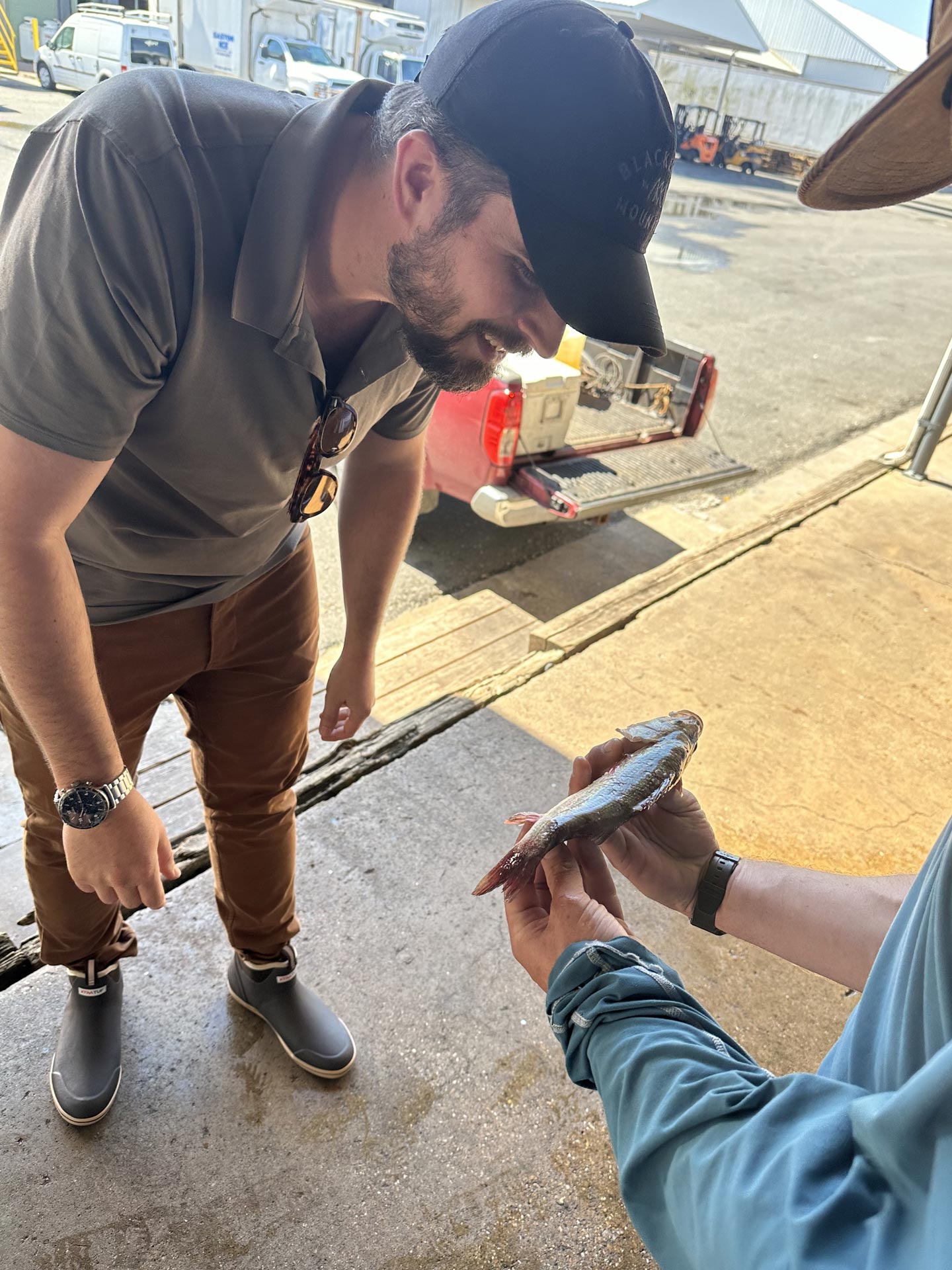
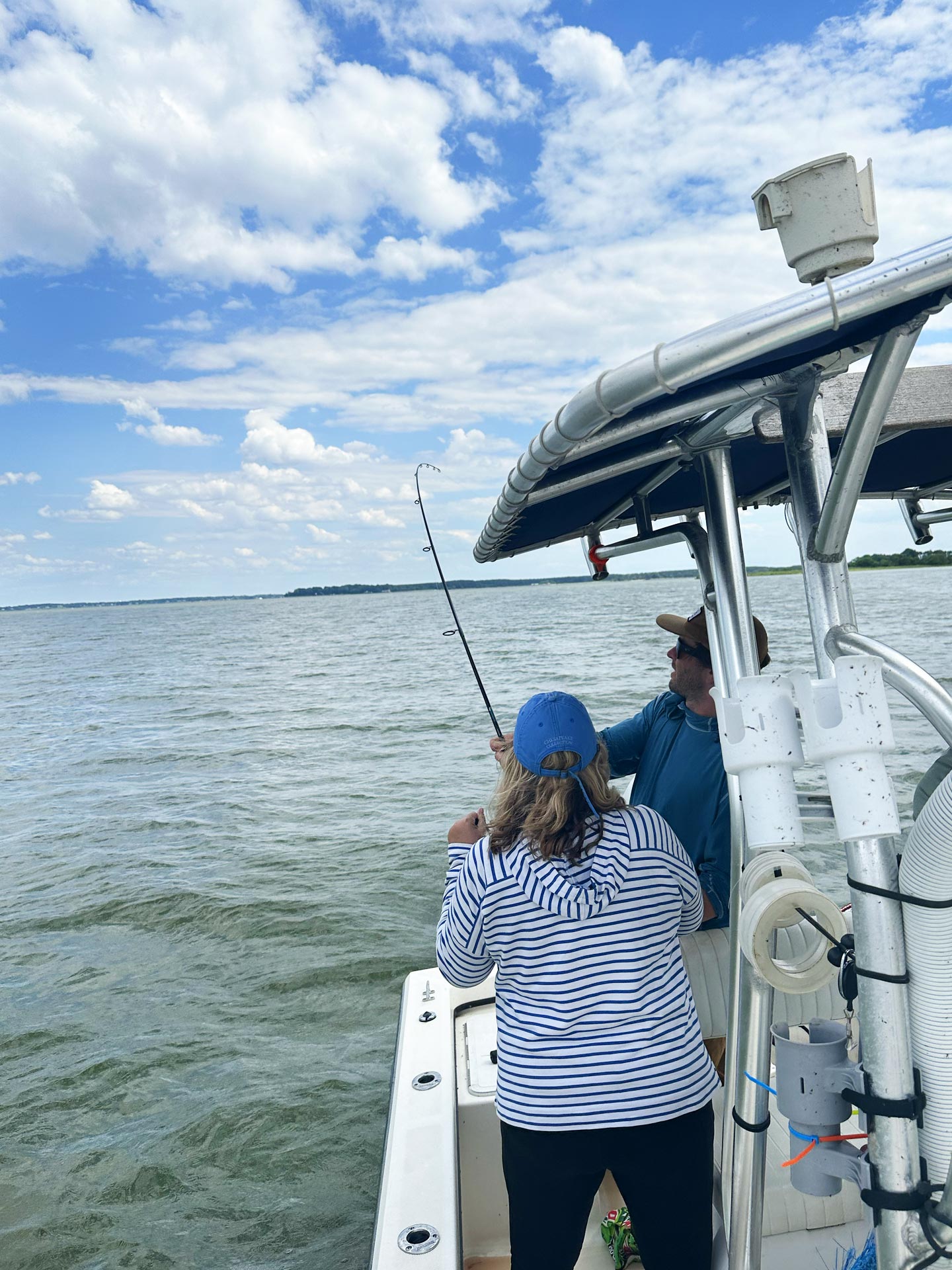
My gaze turns to the water when I see one of the lines tug ever so slightly. We have our first bite of the day, and I watch as Phil reels in a rockfish (also known as striped bass), then scoops it up with his net. He swiftly slices the artery and the gills, and the water is tinged a rusty red as he bleeds the fish dry. It's not the typical process, but for Chef Langhorne and this crew, catching a fish is only the beginning. Langhorne is a proponent of dry aging, not only to preserve the quality of the fish but also because it’s more sustainable. “This method is also so much more humane than what typically is happening with these fish just suffocating in a box,” he explains. “They won’t die for at least 20 minutes that way,” adds Valliant.
Langhorne and Valliant have begun educating local suppliers on the benefits of dry aging, but it’s challenging, as most people are reluctant to change the way they’ve done business for decades. The process takes a bit more time, as the fish aren’t immediately shipped from shore to market, but the results are worth it, according to Langhorne. “Fish is rotting from the minute it’s out of the water, but when we dry-age them, you’re getting a superior product,” he says.
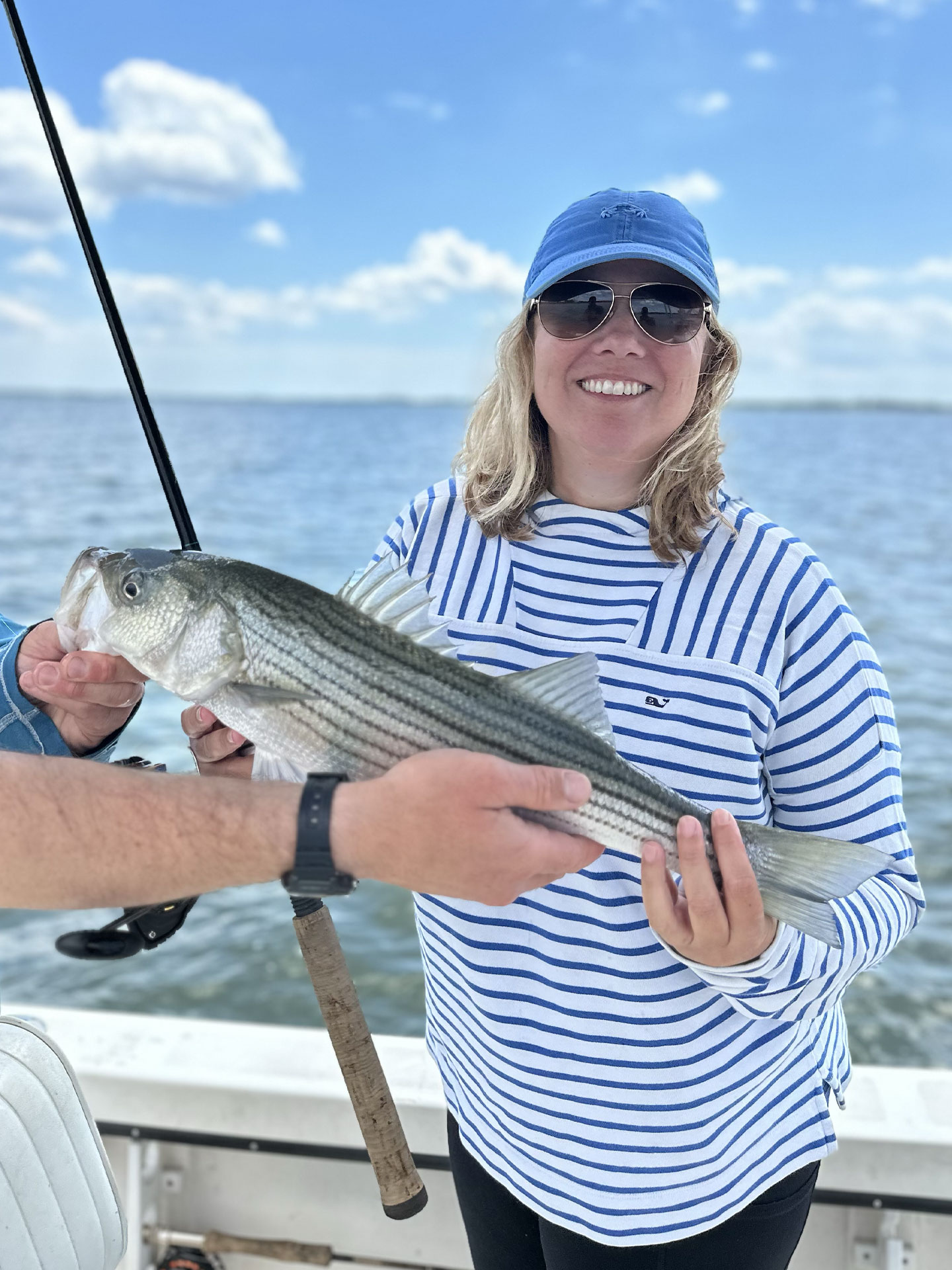
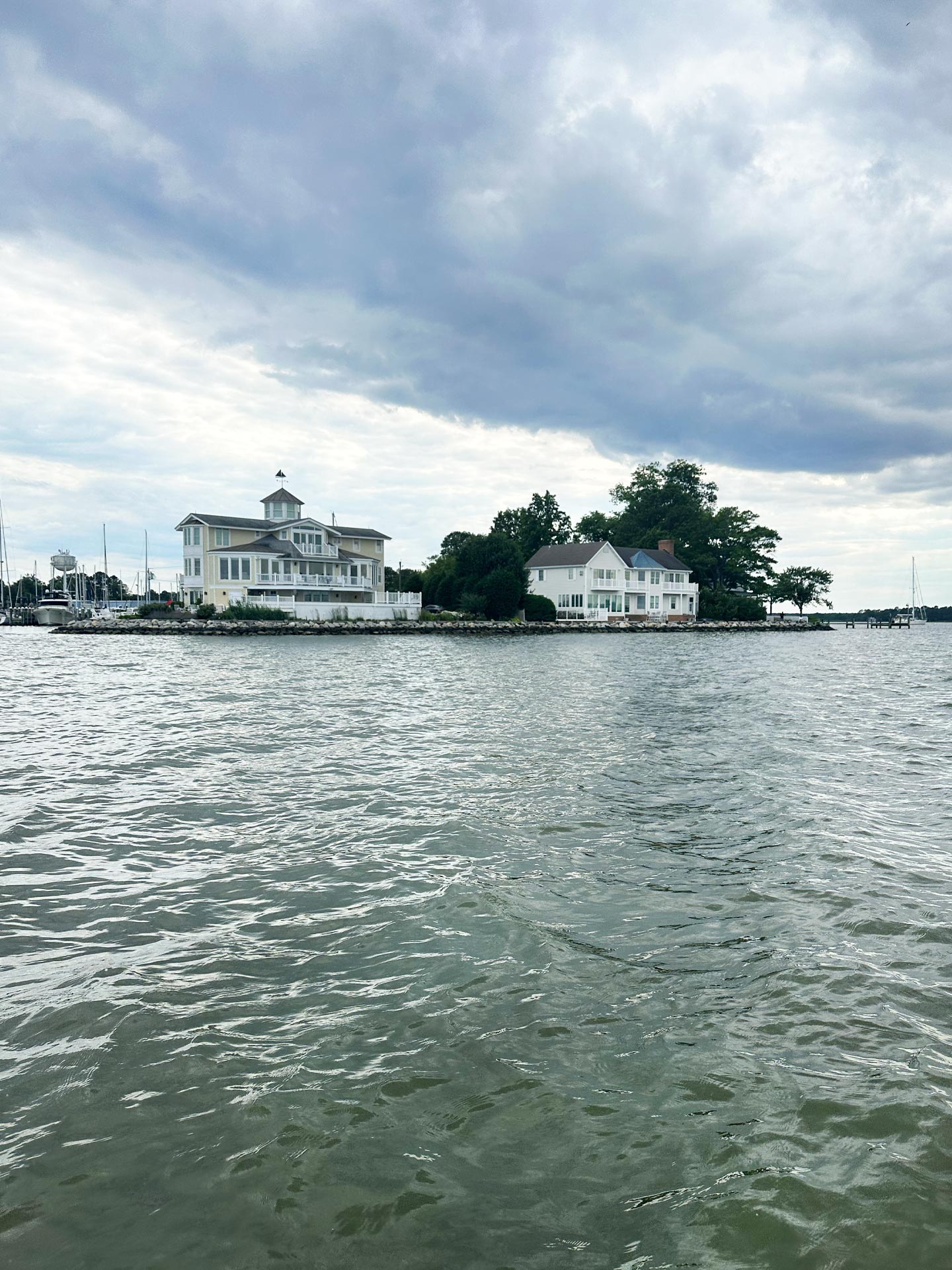
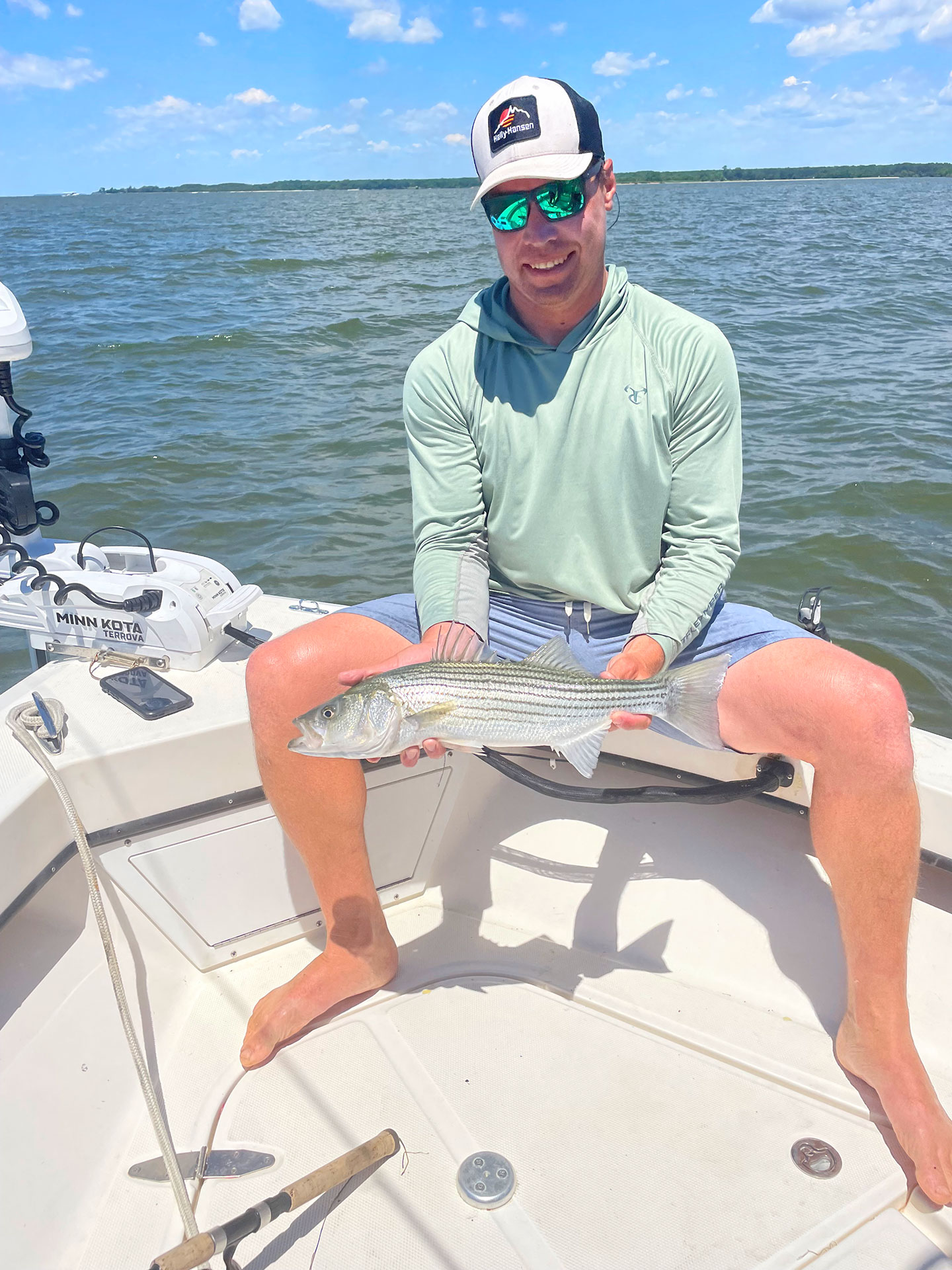
Langhorne’s commitment to the Chesapeake Bay region is baked into the ethos of The Dabney. When he started the restaurant in 2015, the Virginia native wanted to showcase the products of the Mid-Atlantic, but his dedication goes beyond cherry-picking the best of the best. Langhorne does his part to champion the lesser-known products, pointing to a small perch that most fishmen would ignore. “That perch is beautiful, but it would get discounted from higher level markets because of the size and the time it takes to clean it,” he shares. The chef does his part to encourage Valliant and his network of fishermen to bring him similarly unexpected catch, as he hopes to change mindsets while delighting diners.
We bob along the Choptank for hours, talking about fish and the crabbing business that has sustained the Chesapeake for centuries. Zack even helps me reel in my first fish, which just so happens to be the largest one of the day, but bragging rights pale in comparison to the respect given to each silvery beauty we’ve caught that day. They’ll all head home with Phil to hang in his dry-aging locker before traveling to Langhorne’s kitchen in a few weeks to be seared, grilled or fried alongside perfectly ripe produce.
Fish tales are typically boastful, beer-soaked stories of the one that got away, but these fish tell a decidedly different story, one of deep respect for the land and sea and one city-based chef with a passion for rewriting the narrative.

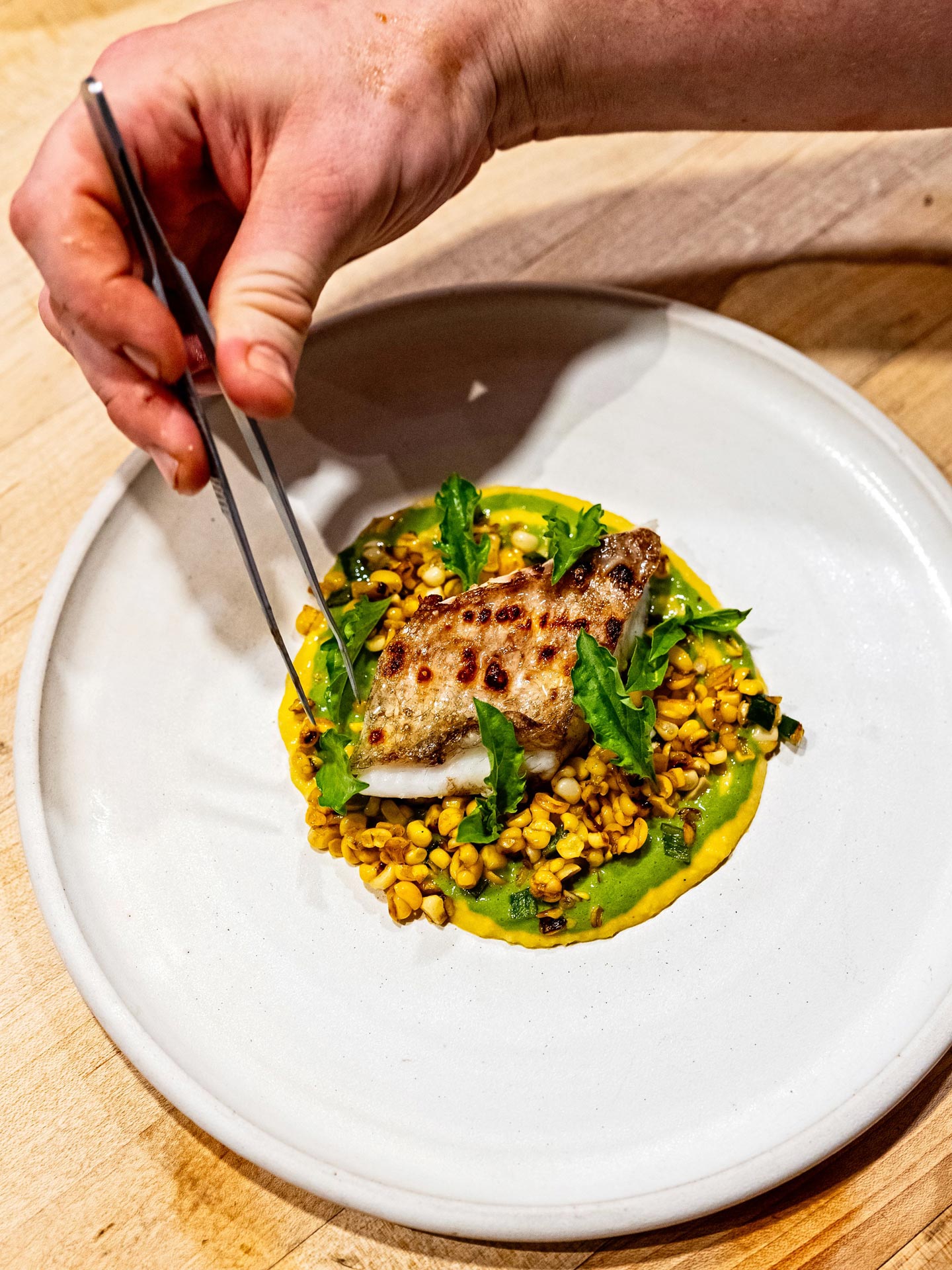
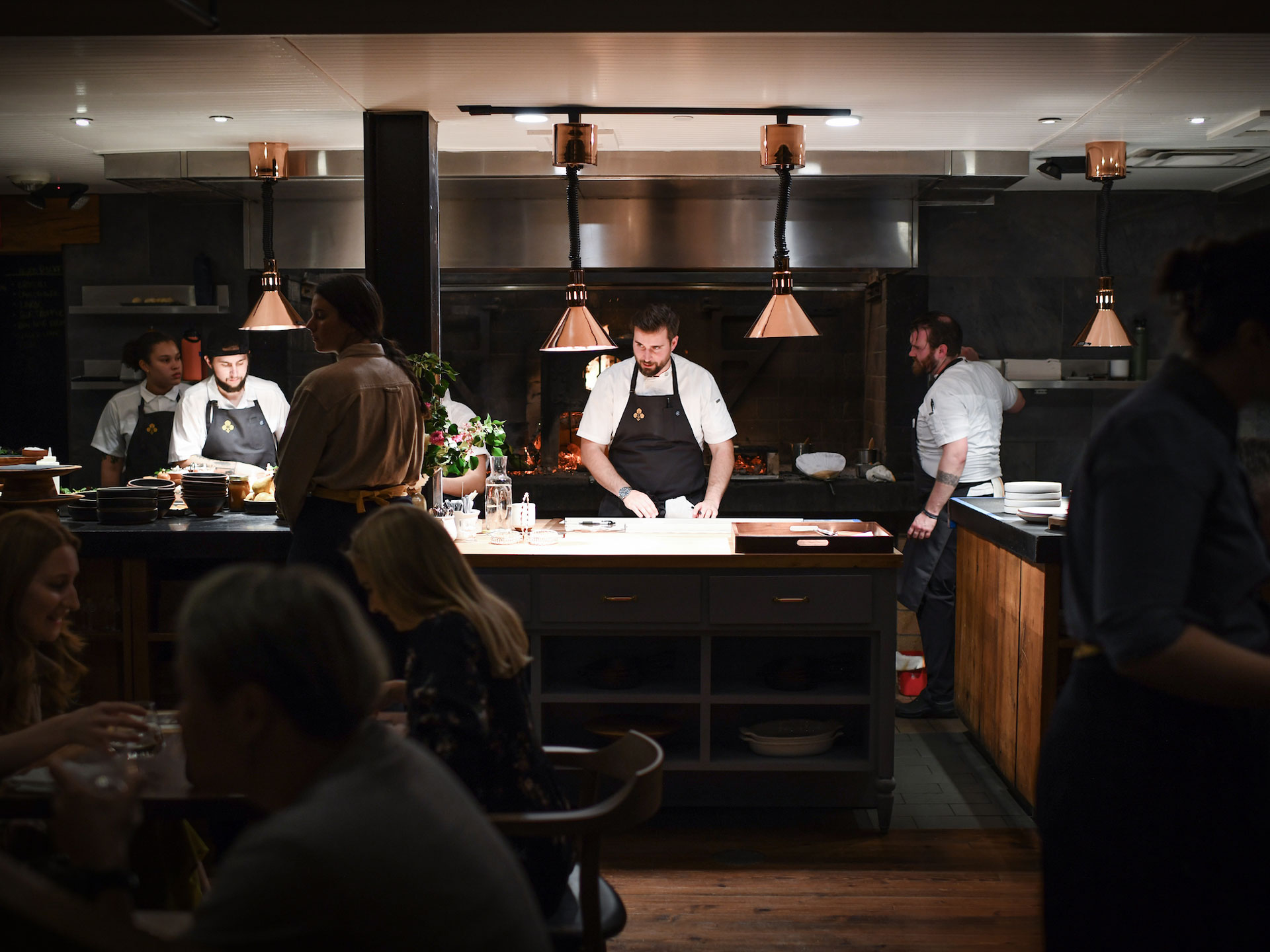
Hero image: Rockfish, Choptank River


